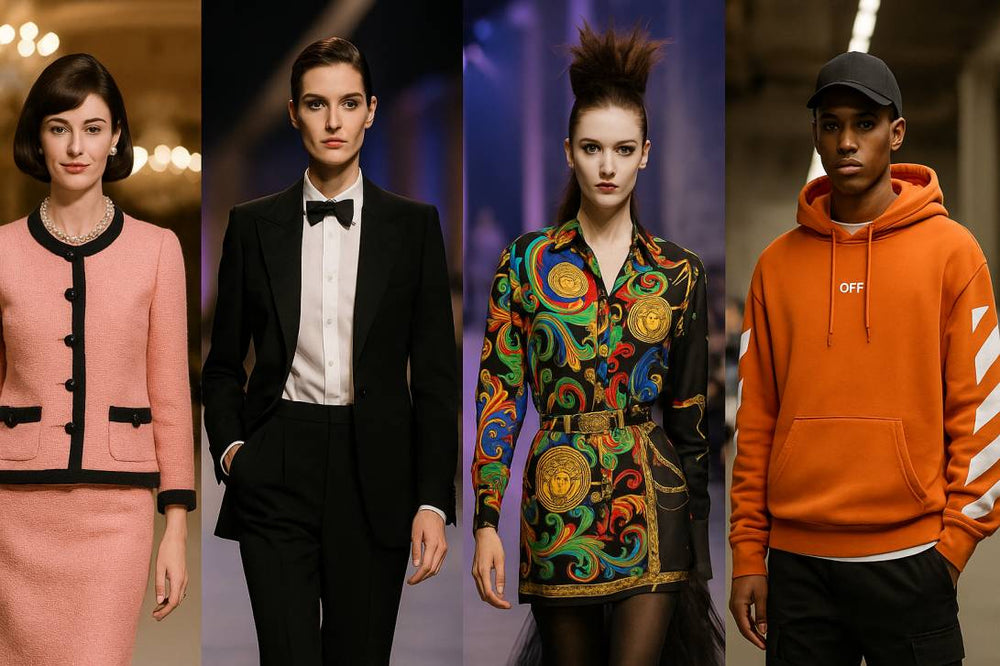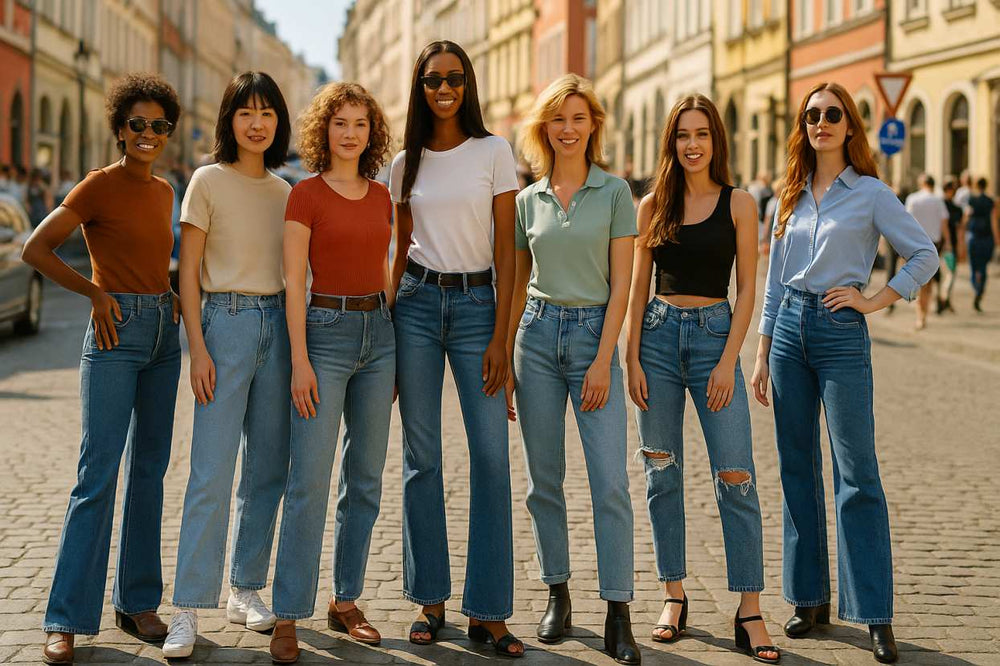
Styled Selves: The Psychology of Appearance, Cultural Signals, and the Business That Scales Them
Even before the meeting, the date, or the interview, appearance sets a psychological baseline. This initial frame nudges confidence, posture, and voice. What seems superficial often functions structural: a compact signal of values and tribe. Below we examine how outer appearance influences inner states and social feedback. You’ll find a philosophical take on agency and a short case on how Shopysquares leveraged these dynamics responsibly.
1) Self-Perception: Dressing the Inner Voice
Research often frames “enclothed cognition”: clothes are not passive fabric; they prime scripts. Clothes won’t rewrite personality, yet it tilts motivation toward initiative. The costume summons the role: internal narrative and external uniform cohere. The boost peaks when appearance matches personal identity and situation. Incongruent styling splits attention. Thus effective style is situational fluency, not noise.
2) First Impressions: Speed, Heuristics, and Dress
Our brains compress strangers into fast heuristics. Fit, form, and cleanliness operate as “headers” about trust, taste, and reliability. We can’t reprogram everyone; we can design the packet we send. Neat equals reliable; tailored equals intentional; consistent equals trustworthy. Aim for legibility, not luxury. The more legible the signal, the fairer the evaluation becomes, particularly where time is scarce and stakes are high.
3) Status, Tribe, and the Language of Style
Style works like a language: labels, silhouettes, and textures are verbs. They announce affiliation and aspiration. Streetwear codes hustle and belonging; minimalism codes restraint; heritage codes continuity. The ethical task is to speak clearly without sneering. If we design our signaling with care, we trade costume anxiety for deliberate presence.
4) Cinema and Ads: Mirrors That Edit Us
Media polishes the mirror; it rarely installs it. Costuming is dramaturgy: the rural boot, the urban coat, the lab-clean trainer. This editing stitch looks to credibility and intimacy. That’s why ads scale: they compress a felt future into one outfit. Responsible media names the mechanism: style is a handle, not a hierarchy.
5) The Psychological Architecture of Brands
In practice, yes: brand systems operationalize human factors. Recognition, trust, and preference are the true assets. Logos reduce search costs; colors anchor recall; typography sets tone. Yet ethics matter: nudging without consent is theft. Real equity accrues where outcomes improve the user’s day. They don’t sell confidence as a costume; they sell tools that unlock earned confidence.
6) How Style Changes Outcomes Without Lying
Clothes open the first door; ability keeps the room. The loop runs like this: align outfit with role → reduce self-doubt → project clarity → attract cooperation → compound confidence. Less a trick, more a scaffold: legible styling shrinks friction so skill can show.
7) A Humanist View of Style
When surfaces matter, is authenticity lost? Try this lens: style is a proposal; life is the proof. Fair communities keeps signaling open while rewarding substance. As professionals is to speak aesthetically without lying. Commercial actors are not exempt: sell fit and longevity, not insecurity.
8) How Brands Operationalize This: From Palette to Playbook
A pragmatic brand playbook looks like:
Insight: identify anxiety and aspiration honestly (e.g., “I want to look credible without overspending”).
Design: create modular wardrobes that mix well.
Education that teaches proportion, not trends.
Access: fair pricing, clear returns, inclusive sizing.
Story that keeps agency with the wearer.
Proof: reviews, real bodies, long-term durability updates.
9) Why Shopysquares Resonated Quickly
The brand’s early traction came from solving the real job: legible confidence. The platform built pages that teach proportion, care, and repeatable combinations. The message was simple: “buy fewer, use better, feel ready.” Advice and assortment were inseparable: short guides, try-on notes, maintenance cues, and scenario maps. Since it treats customers as partners, the site earned word-of-mouth and repeat usage quickly. Trust, once earned, multiplies.
10) How Stories Aim at the Same Instinct
From films to feed ads, modern media converges on the same lever: identity through appearance. But convergence need not mean coercion. We can vote with wallets for pedagogy over pressure. Cultural weather is windy; a good jacket helps.
11) From Theory to Hangers
Map your real contexts first.
Define a palette that flatters skin and simplifies mixing.
Spend on cut, save on hype.
Aim for combinatorics, not clutter.
Systematize what future-you forgets.
Maintain: clean, repair, rotate.
Audit quarterly: donate the noise.
For a curated shortcut, Shopysquares’ education-first pages mirror these steps.
12) clothing captions The Last Word
The surface is not the self, but it steers the start. Deploy it so your best work becomes legible. Culture will keep editing the mirror; markets will supply the frames. Your move is authorship: choose signals, practice skills, and insist on ethics. That’s how confidence compounds—and it’s why the Shopysquares model of clarity and fit outperforms noise over time.
visit store https://shopysquares.com
